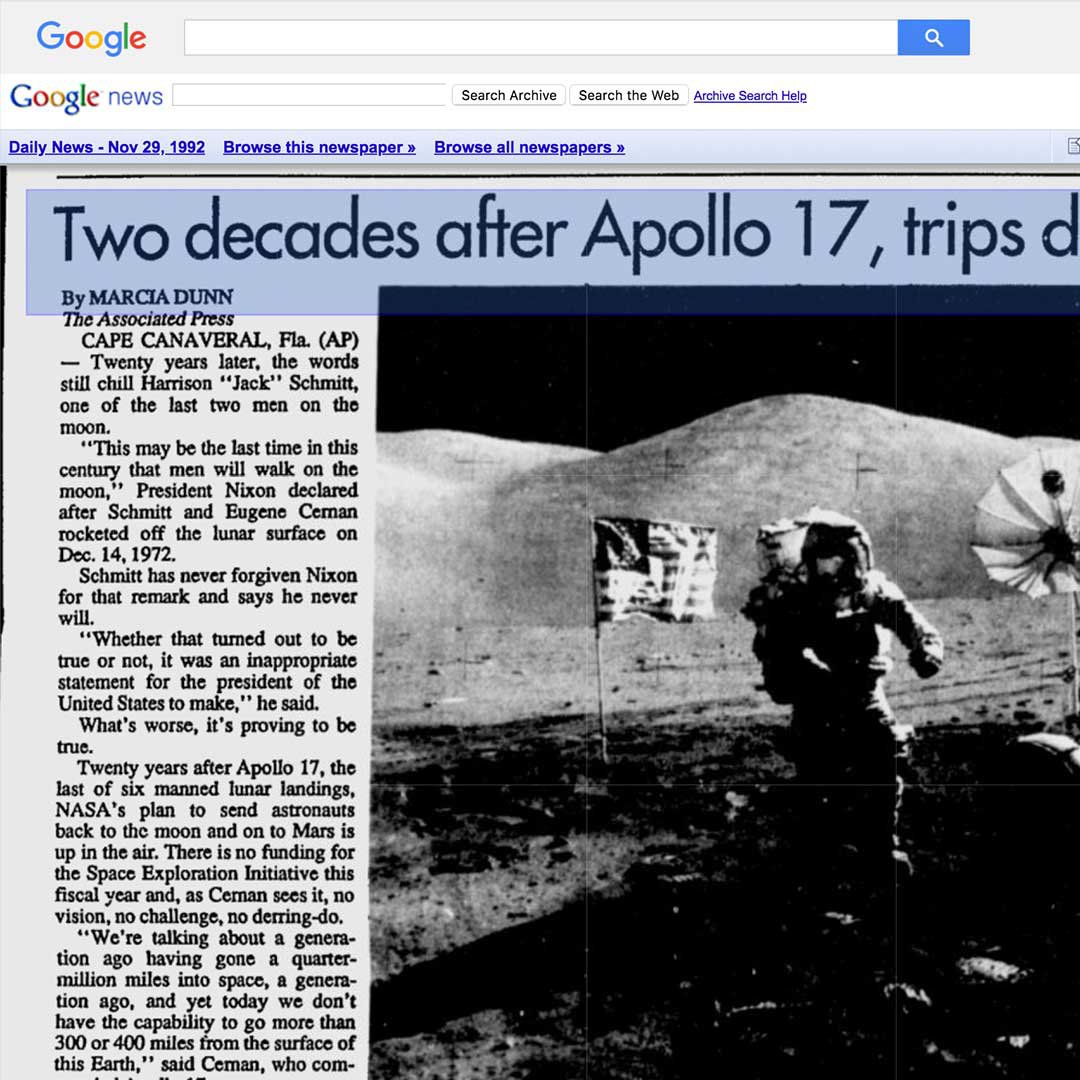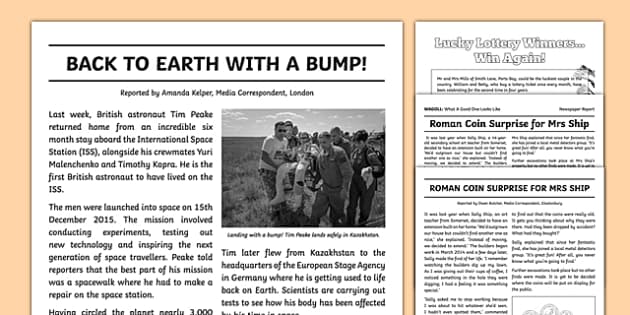How News Articles can Save You Time, Stress, and Money.
How News Articles can Save You Time, Stress, and Money.
Blog Article
Some Known Details About News Articles
Table of ContentsNot known Facts About News ArticlesThe 5-Second Trick For News ArticlesOur News Articles StatementsNot known Facts About News ArticlesGetting The News Articles To Work
Good understanding of various subjects provides students a competitive edge over their peers. Despite the fact that electronic and social media are conveniently obtainable, we need to not forget exactly how essential it is to review the newspapers. Parents need to try and inculcate the behavior of reading a paper as a daily regimen to continue the tradition of the revered print medium.Information tales also include at the very least among the following essential qualities relative to the intended audience: proximity, prominence, timeliness, human interest, oddity, or effect. The related term journalese is often used, usually pejoratively, to describe news-style writing. One more is headlinese. Newspapers typically follow an expository writing style.
Within these limitations, newspaper article likewise intend to be thorough. Other elements are entailed, some stylistic and some acquired from the media form. Amongst the larger and more recognized newspapers, justness and equilibrium is a significant aspect in offering info. Discourse is usually restricted to a separate area, though each paper may have a different overall angle.
Newspapers with an international target market, for instance, tend to utilize an extra official style of creating. News Articles.; usual design overviews include the and the US Information Style Publication.
Rumored Buzz on News Articles
As a rule, reporters will certainly not use a lengthy word when a short one will certainly do. Information writers try to stay clear of making use of the same word much more than when in a paragraph (in some cases called an "resemble" or "word mirror").
However, headlines in some cases leave out the subject (e.g., "Leaps From Watercraft, Catches in Wheel") or verb (e.g., "Pet cat female lucky"). A subhead (additionally subhed, sub-headline, subheading, subtitle, deck or dek) can be either a secondary title under the primary headline, or the heading of a subsection of the article. It is a heading that comes before the primary text, or a team of paragraphs of the primary message.

of a write-up topic, source, or interviewee), it is described as a pulled quotation or draw quote. Added billboards of any of these kinds might appear later in the write-up (especially on subsequent pages) to attract further analysis. Journalistic websites in some cases utilize computer animation methods to switch one billboard for another (e.g.
News Articles - The Facts
Such billboards are also utilized as pointers to the short article in other areas of the magazine or website, or as promotions for the piece in various other magazine or websites. News release of the Swiss government. Typical structure with title, lead go to the website paragraph (recap in strong), various other paragraphs (details) and get in touch with information.

Instance of a hard-lead paragraph NASA is proposing another area job. The budget demands approximately $10 billion for the task.
The NASA statement came as the agency requested $10 billion of appropriations for the project. An "off-lead" is the second crucial front web page news of the day. The off-lead appears either in the leading left corner, or directly below the lead on the. To "hide the lead" is to start the post with background details or information of additional importance to the visitors, requiring them to find out more deeply into an article than they need to have to in order to uncover the necessary points.
The Greatest Guide To News Articles
Typical use is that or more sentences each develop their very own paragraph. Reporters normally define the organization or framework of an information story as an inverted pyramid. The essential and most interesting components of a tale are placed at the start, with sustaining information complying with in order of lessening relevance.
It permits people to check out a subject to just the deepness that their interest takes them, and without the charge of information or nuances that they could think about pointless, but still making that info readily available to a lot more interested visitors. The upside down pyramid framework also makes it possible for write-ups to be cut to any arbitrary length during design, to fit in the area offered.
Some writers begin their tales with the "1-2-3 lead", yet there are lots of sort of lead readily available. This format usually begins with a "Five Ws" opening up paragraph (as described over), adhered to by an indirect quote that serves to sustain a major aspect of the initial paragraph, and afterwards a straight quote to support the indirect quote. [] A kicker can describe several points: The last tale in the news broadcast; a "pleased" tale to end the show.
Longer posts, such as publication cover posts and the pieces that lead the within areas of a paper, are called. Attribute tales vary from straight news in numerous ways. Foremost is the lack of a straight-news lead, a lot of the moment. Rather than using the essence of a tale in advance, attribute writers may attempt to entice readers in.
Fascination About News Articles
A feature's very first paragraphs often associate an interesting moment or event, as in an "unscientific lead". From the details of a person or episode, its sight rapidly broadens to abstract principles concerning the tale's subject.

The Editor's Tool kit: A Recommendation Overview for Beginners and Professionals (2001) Allan M. Siegal and William more tips here G. Connolly. The New York City Times Guidebook of Style and Use: The Official Design Guide Used by the Writers and Editors of the Globe's A lot of Reliable Newspaper (2002) M. L. Stein, Susan Paterno, and R.
Report this page